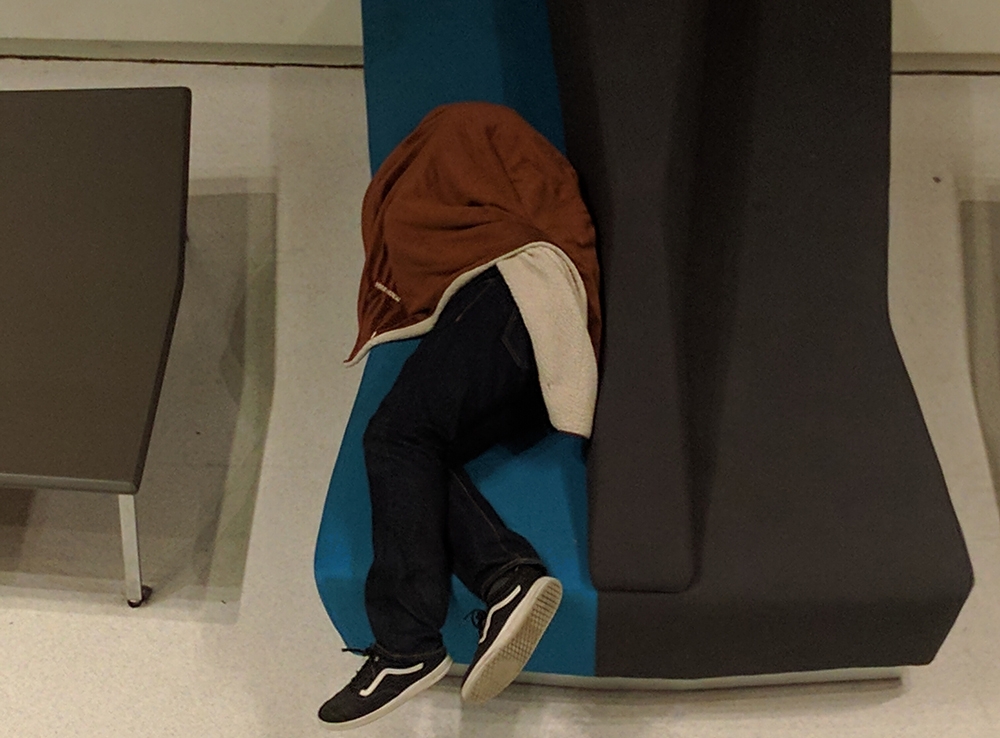Ibrahem Alheyali | Contributor
Featured image: York’s Canadian Observatory on Homelessness presents the hard facts of homelessness in Canada. | Jenny Mao
On any given night, some 35,000 Canadians are homeless, according to a new report by York’s Canadian Observatory on Homelessness, or COH. The report, published by the COH and the Canadian Alliance to End Homelessness, or CAEH, traces changes in Canadian homelessness and makes policy recommendations to address the problem.
Over 235,000 Canadians experience homelessness in Canada every year. The report states that the most at-risk groups are Indigenous people and older adults and seniors, who make up more than 28 per cent and 24 per cent of the population in shelters, respectively. The report also found that families tend to stay in shelters twice as long as individuals, while women make up more than 27 per cent of the population in shelters.
The State of Homelessness 2016 report provides eight policy recommendations, ranging from implementing a national housing benefit that provides monthly payments to low-income households, to giving tax credits to private equity investors when investing in affordable housing.
It also suggests spending over $4.4 billion on affordable housing over 2017-2018, which is nearly $1.82 billion more than the federal government planned on spending. However, the increase in spending represents less than a dollar per week per Canadian.
In Toronto, the situation is grim, with 95 per cent of shelter beds occupied while thousands of Torontonians sleep outside every night.
The report emphasizes that there is no “one-size-fits-all solution” to preventing homelessness. The recently introduced Point-in-Time Count program, or PiT Count, gives the federal government a better understanding of homelessness in Canada.
COH and CAEH point out the PiT Count program has been especially beneficial in tandem with the Homelessness Partnering Strategy, or HPS, a community-based program that provides financial and social help to 61 communities, as well as Indigenous, rural and remote communities.
Over 82,000 at-risk Canadians have received help from HPS to secure long-term housing; nearly 35,000 have participated in HPS-run education and training opportunities.
Reactions to the report have mainly been positive, however critics have slammed the government for being too lax. Fourth-year kinesiology student Shalin Saroya says it’s unfortunate that Canada is welcoming many new refugees and citizens, while ignoring the hundreds of thousands of homeless Canadians. “With rising house prices in many of Canada’s major cities, affording a home is just out of reach for too many Canadians,” he adds.
Others have been more supportive: recent graduate Ralph Skaff welcomes the COH’s report, saying it’s nice to see the government being proactive in addressing the needs of Canada’s most vulnerable.


